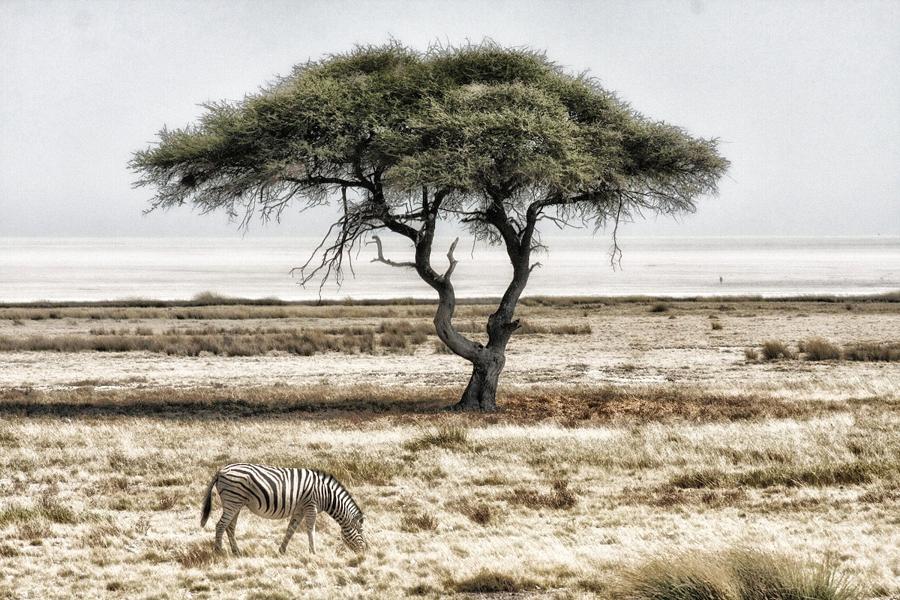About SSFP
About Us
Student Application
Subscribe to Our Newsletter
SSFP in the News
Members of Our Publishers Circle

In the past, a large area of the Sahara Desert in West Africa was recorded as having almost no trees. A team of scientists from all over the globe decided to count the trees again – this time using new technology, but not expecting a big difference.
The new technology – a combination of Artificial Intelligence (AI), satellite images, and one of the world’s most powerful supercomputers – surprised researchers. They discovered a significantly greater number of trees exist in the Sahara Desert than previously thought.
Martin Brandt, an assistant professor of geography at the University of Copenhagen, says that the 10% of the Sahara that was observed, "...had quite a few hundred million more,” instead of the substantially fewer they expected.
It has been difficult to determine the number of trees living on our planet because much of Planet Earth is unreachable, and satellite imagery can only see areas with a dense population of trees, which means it neglects trees that are not grouped. This explains why the number of trees in Africa was historically under-counted.
By using new technologies, scientists and researchers will more easily calculate the total number of trees on earth. An example is that back in 2009, a study that only used satellite imagery technology estimated the number of trees on the globe at 400 billion. In 2015, researchers used both satellite data and ground measurements and calculated three trillion trees globally, a significantly larger number.
The combined technology first involves better satellite imagery through NASA's Goddard Space Flight Center. The researchers now have the Digital Globe's satellite images that were previously reserved for commercial entities. These images possess sufficient resolution to spot individual trees and calculate the size of their crown.
Then, after the team manually marked almost 90,000 trees throughout different kinds of terrain, the University of Illinois' supercomputer, Blue Waters, was able to identify shapes and shadows that signaled that trees of at least 3 square meters were in the area. With AI deep learning and Blue Waters, the study found over 1.8 billion trees on the southern edge of the Sahel Desert, a semi-arid region previously thought to have few trees.
Brandt believes that the ability to determine the number of trees outside of forested areas will allow us to monitor trees outside of forests globally, and explore the role of these smaller groupings in reversing the effects of climate change.
Scientists want to maintain a record of the planet’s trees because it increases human understanding of how trees affect our planet's health. With a more accurate count of trees worldwide the amount of carbon stored by trees, and their impact on reducing global warming, may also be determined.
[Sources: Science News for Students; University of Vermont]
Loading Comments...